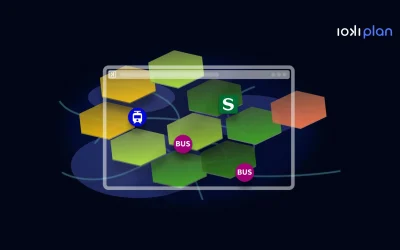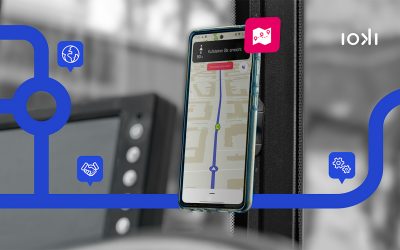Because that is exactly what we do in a mobility analysis in the second step: Based on the initial status quo analysis, concrete measures for optimizing the existing transport system can be derived. For example, the analysis of the modal split and its change can serve as a basis for consulting which measures actually make sense in which area.
Under the premise of sustainable mobility, our main goal is to develop solutions for a strong public transport system. For example, demand-oriented and flexible additional offers such as ridesharing can be used to bridge the first and last mile comfortably and cost-efficiently, thus positively influencing the attractiveness of the existing public transport offer.
Questions that we address in the development of intelligent solutions for public transport systems include:
- Which measures can be taken to increase the modal split of public transport?
- How can I reduce the environmental impact of my transport?
- How can I improve the economic viability of my system?
- How can I increase the competitiveness of my system?
- Where are the ideal locations for electricity filling stations/charging infrastructure?
We always have both economic and ecological key figures in mind, along which we evaluate and align the measures. For example, in the case of a small town in Schleswig-Holstein, for which we have developed data-based intelligent solutions. The challenge: the city already has a functioning city bus system. Several lines there provide public transport in a rendezvous concept. However, the lack of cross-connections results in numerous changes and service-free time slots. Our solution based on a detailed analysis: In addition to the existing scheduled services, the introduction of an on-demand service can close the gaps as needed.



